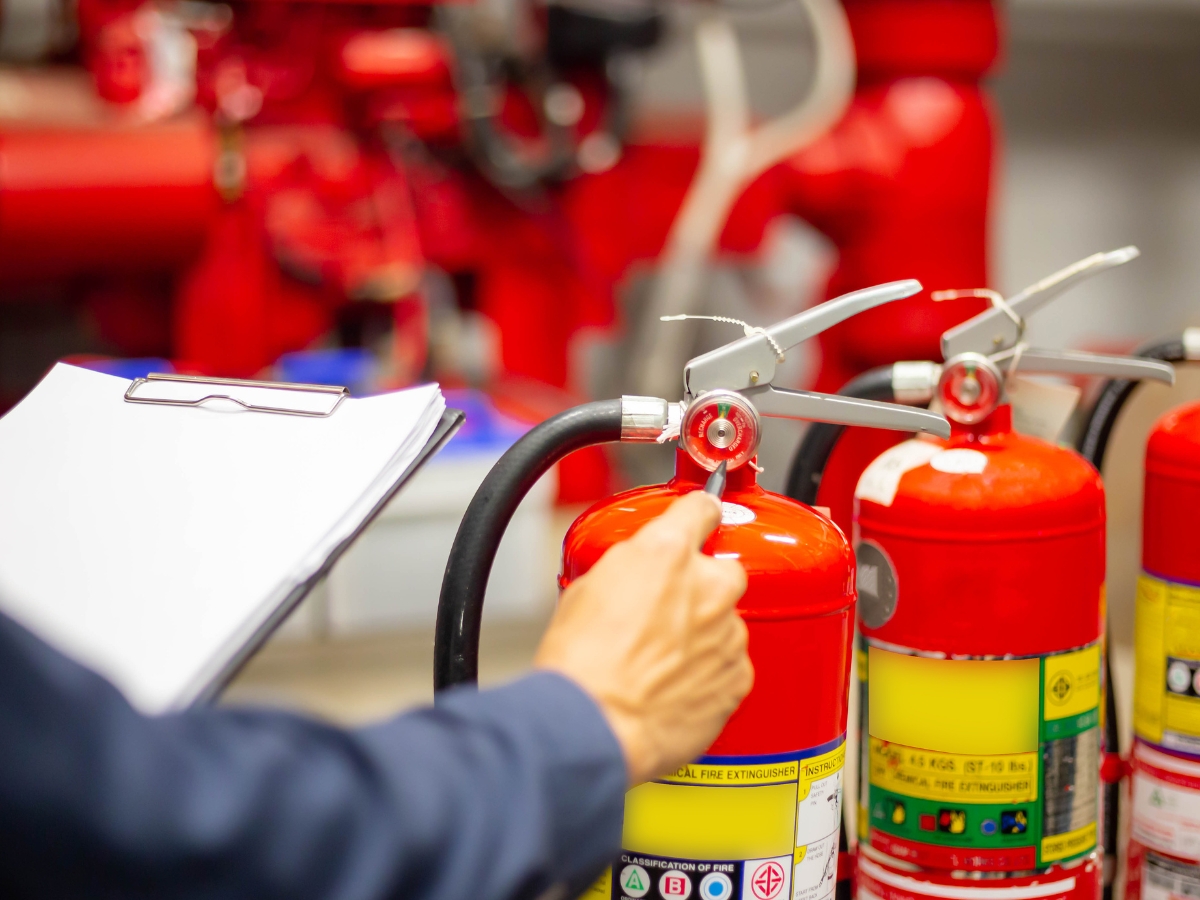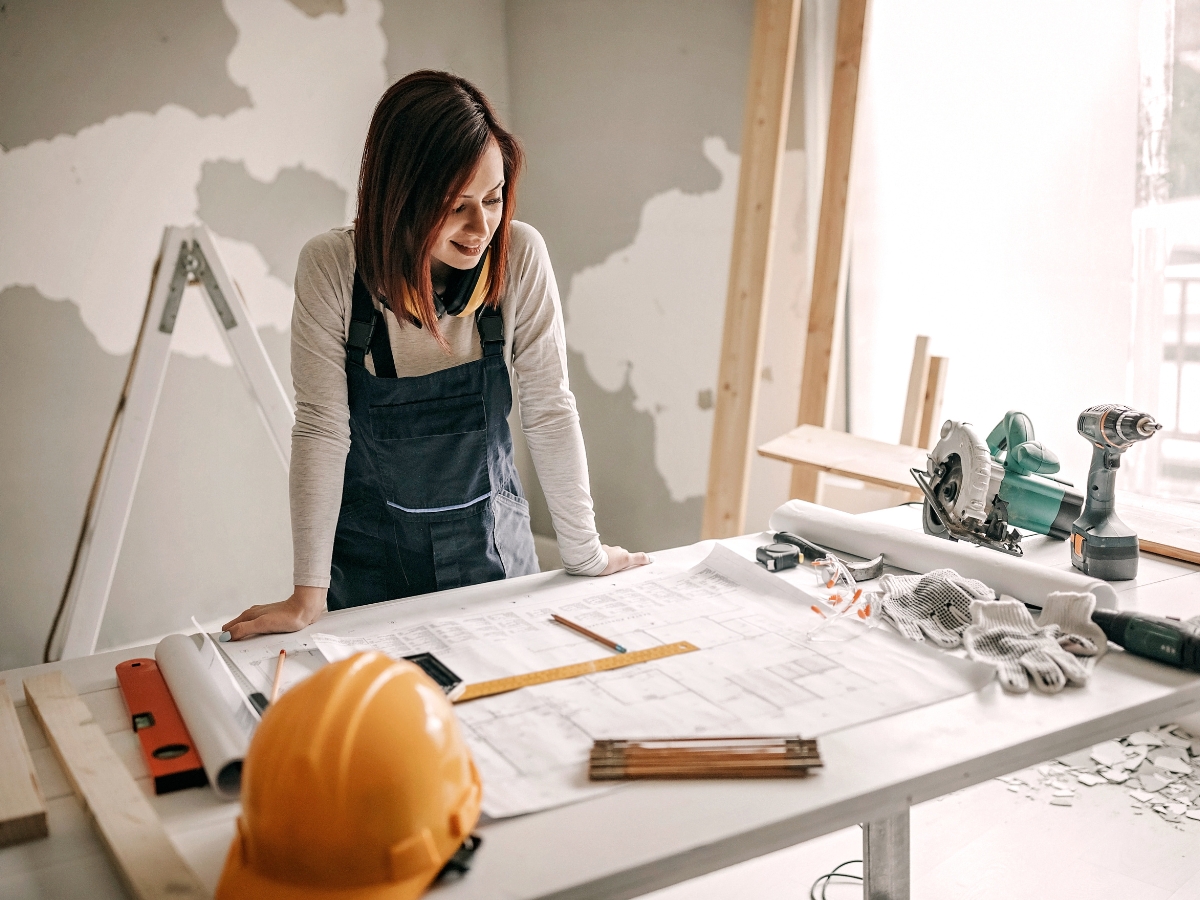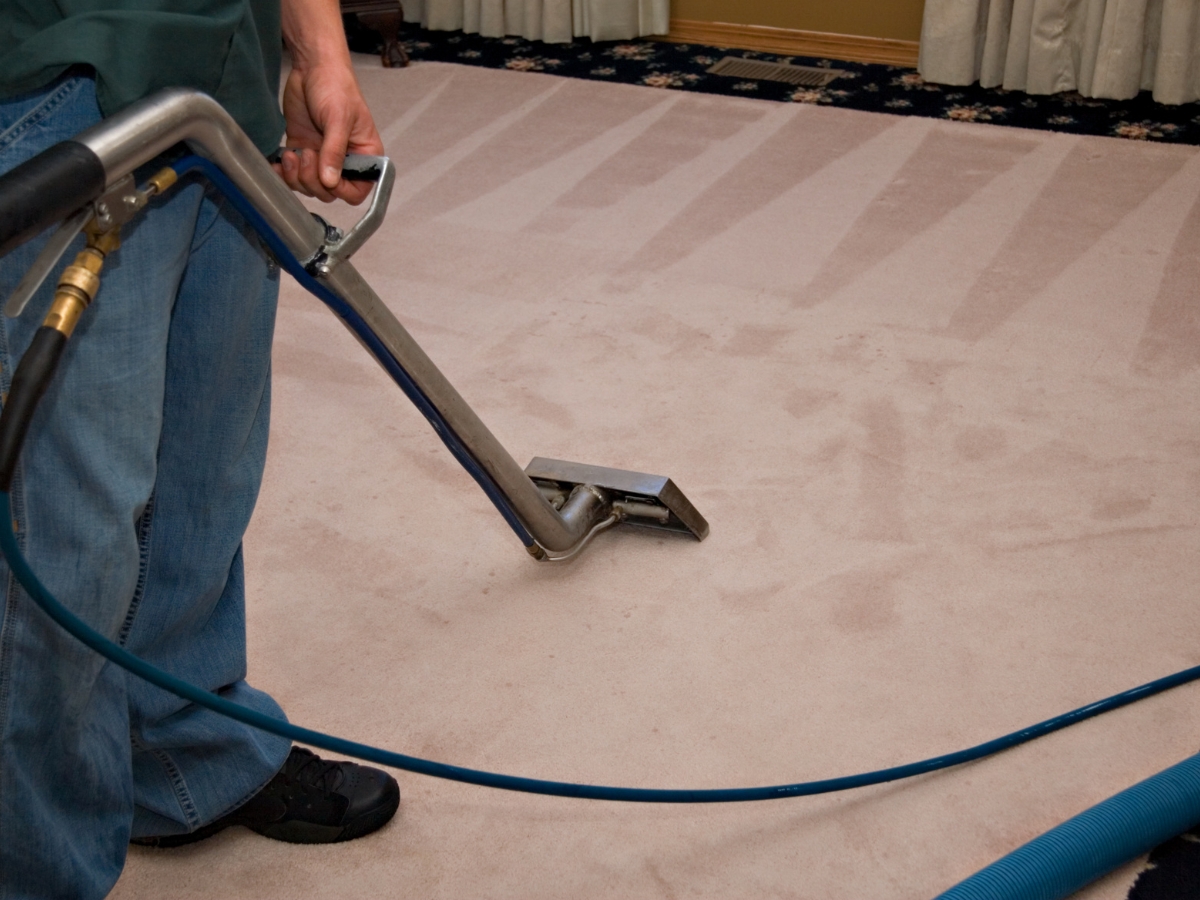Fire hazards in the home can arise from everyday activities, and being prepared is essential to ensure the safety of your household. Effective fire prevention education not only protects your property but also safeguards the lives of your loved ones.
By understanding common risks—from kitchen mishaps to electrical issues—you can take proactive steps to minimize the chances of a fire. In this guide, we’ll provide practical tips and strategies for effective fire prevention at home, covering everything from smoke alarms and fire extinguishers to safe habits and emergency planning.
Whether you’re a homeowner or renter, these fire safety tips will help you create a safer living environment and reduce the risk of fire-related accidents.
Stop Fires Before They Start: Effective Fire Safety Tips
Identifying Common Fire Hazards in the Home
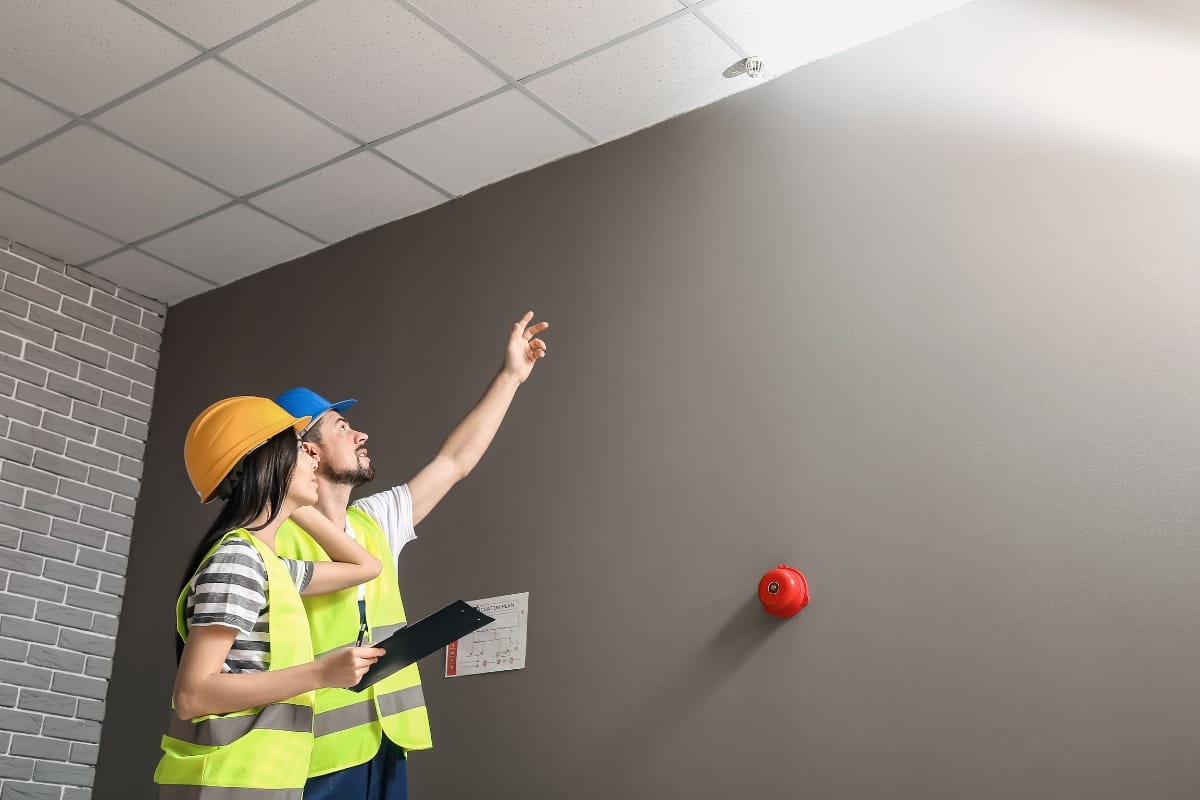
When it comes to fire prevention, knowledge is power. Identifying potential fire hazards in your home is the first step in keeping your family and property safe.
One of the most common fire hazards is faulty wiring. Aging electrical systems can deteriorate, leading to dangerous short circuits or sparks that may ignite surrounding materials.
Regularly inspecting outlets, cords, and appliances for signs of damage, such as fraying or exposed wires, can help mitigate the risk of electrical fires. If you notice flickering lights or frequently tripped breakers, it may indicate a wiring issue that requires professional attention.
Improper storage of flammable materials is another hazard many homeowners overlook. Items like gasoline, paint thinners, and aerosol cans should always be stored in well-ventilated areas away from heat sources and direct sunlight. Keeping these materials in sealed, labeled containers and out of children’s reach ensures a safer environment.
Cooking-related fires are also a major concern. Grease buildup in ovens and stovetops can easily ignite if not cleaned regularly. Always stay in the kitchen while cooking, especially when frying, grilling, or using high heat. Consider having a fire extinguisher easily accessible in the kitchen.
Lastly, smoking materials remain a significant risk factor. Cigarettes, cigars, or even candles left unattended can cause a fire to spark unexpectedly. Always extinguish smoking materials properly in a water-filled ashtray, and avoid smoking near flammable furniture or fabrics. Together, recognizing and addressing these common fire hazards can greatly reduce the risk of a devastating fire in your home.
Importance of Proper Smoke Alarms and Fire Extinguishers
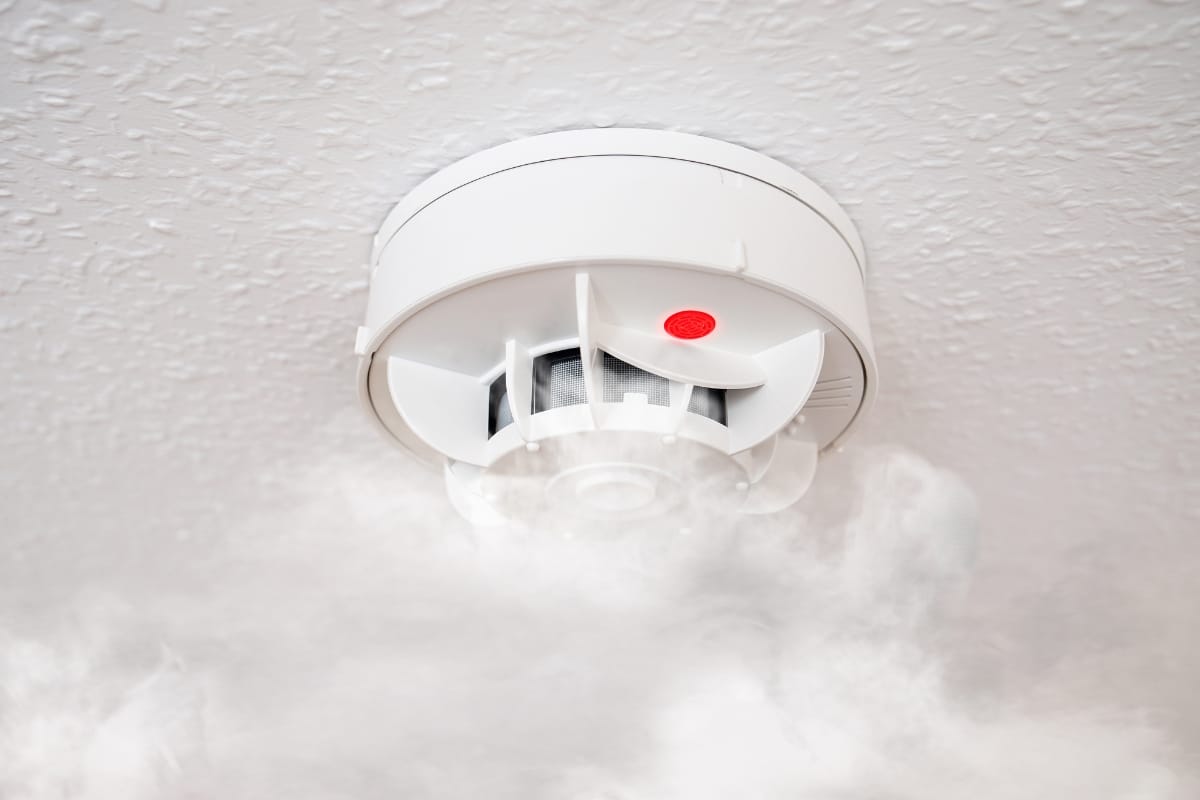
No home should be without functioning smoke alarms and fire extinguishers, as these essential safety devices serve as your first line of defense in the event of a fire. Smoke alarms, in particular, provide critical early warning, giving you and your family precious time to evacuate.
For optimal protection, smoke alarms should be installed on every level of your home, including inside each bedroom and outside sleeping areas. Larger homes may require additional alarms to ensure comprehensive coverage.
Regular maintenance of smoke alarms is crucial. Test each device monthly by pressing the test button or using a specialized smoke-testing device. While some smoke alarms come equipped with long-life batteries, others require yearly battery replacement or immediate action when the low-battery warning chirps. Also, it’s essential to replace smoke alarms themselves every 10 years, as sensors lose sensitivity over time.
In addition to smoke alarms, strategically placing fire extinguishers around your home can make all the difference during an emergency. Key locations include the kitchen, garage, and near any heating appliances or fireplaces, as these are high-risk areas for fires.
Fire extinguishers come in different classes designed to combat specific types of fires, such as grease, electrical, or chemical fires, so be sure to choose the right one for each area. Equally important is ensuring that every household member knows how to properly use a fire extinguisher.
Familiarize everyone with the PASS method (Pull, Aim, Squeeze, Sweep) so they can confidently act if a fire occurs. Taking these proactive steps can significantly enhance the safety and preparedness of your home.
Kitchen Safety: Preventing Cooking-Related Fires
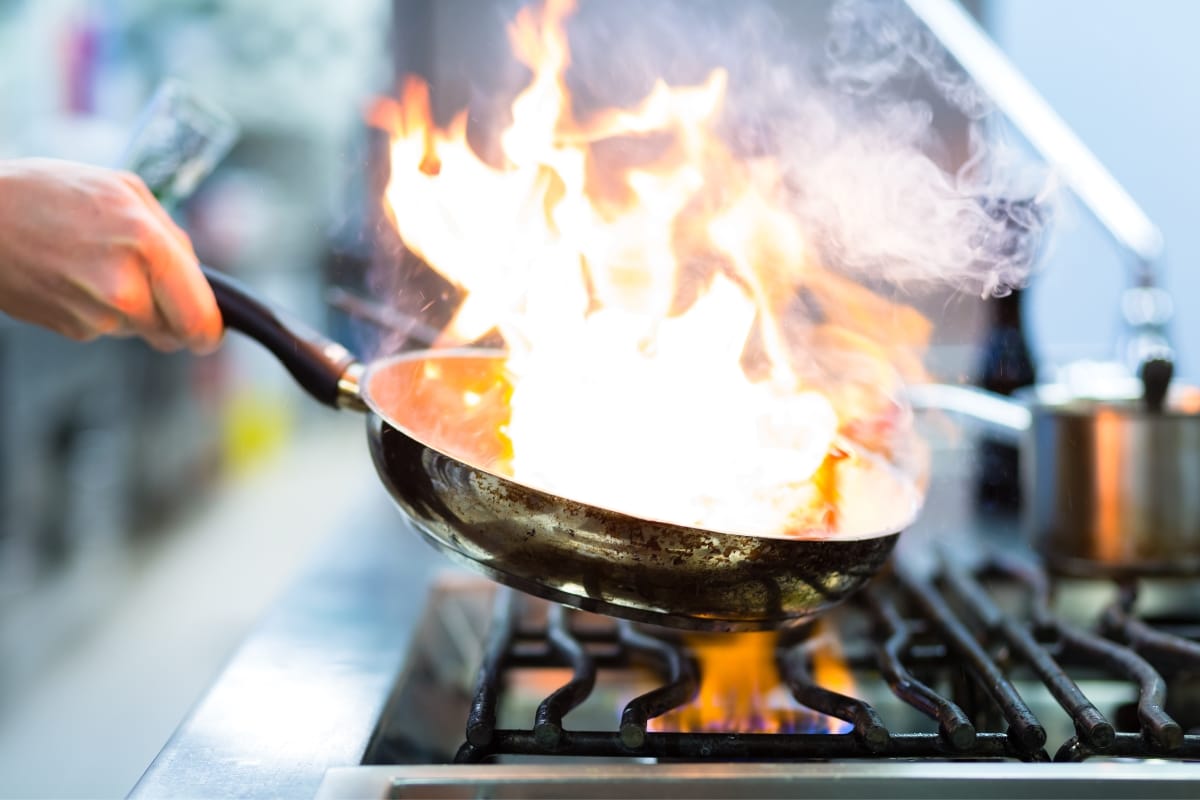
The kitchen is not only a gathering place for family and friends but also a common area for fire hazards. Cooking-related fires are one of the most frequent causes of residential fires, making kitchen safety a top priority.
To prevent accidents, it’s essential to never leave cooking unattended. Whether frying, boiling, grilling, or baking, being present in the kitchen is critical. Distractions like answering the door or phone can easily lead to a forgotten pot or pan, increasing the risk of a fire.
Another key precaution is keeping flammable materials, such as dish towels, oven mitts, wooden utensils, and paper towels, far from the stove and other heat sources. These items can easily catch fire if placed too close to a burner or open flame. Regularly cleaning your stove and oven is equally important, as grease buildup is highly flammable and can cause a fire to ignite unexpectedly.
In the event of a grease fire, knowing how to respond can make all the difference. Never use water to put out a grease fire, as this will only cause the flames to spread rapidly.
Instead, turn off the heat source and carefully cover the pan with a metal lid to smother the fire. Proper kitchen safety practices not only protect your home but also ensure peace of mind during meal preparation.
Electrical Fire Prevention: Tips and Best Practices
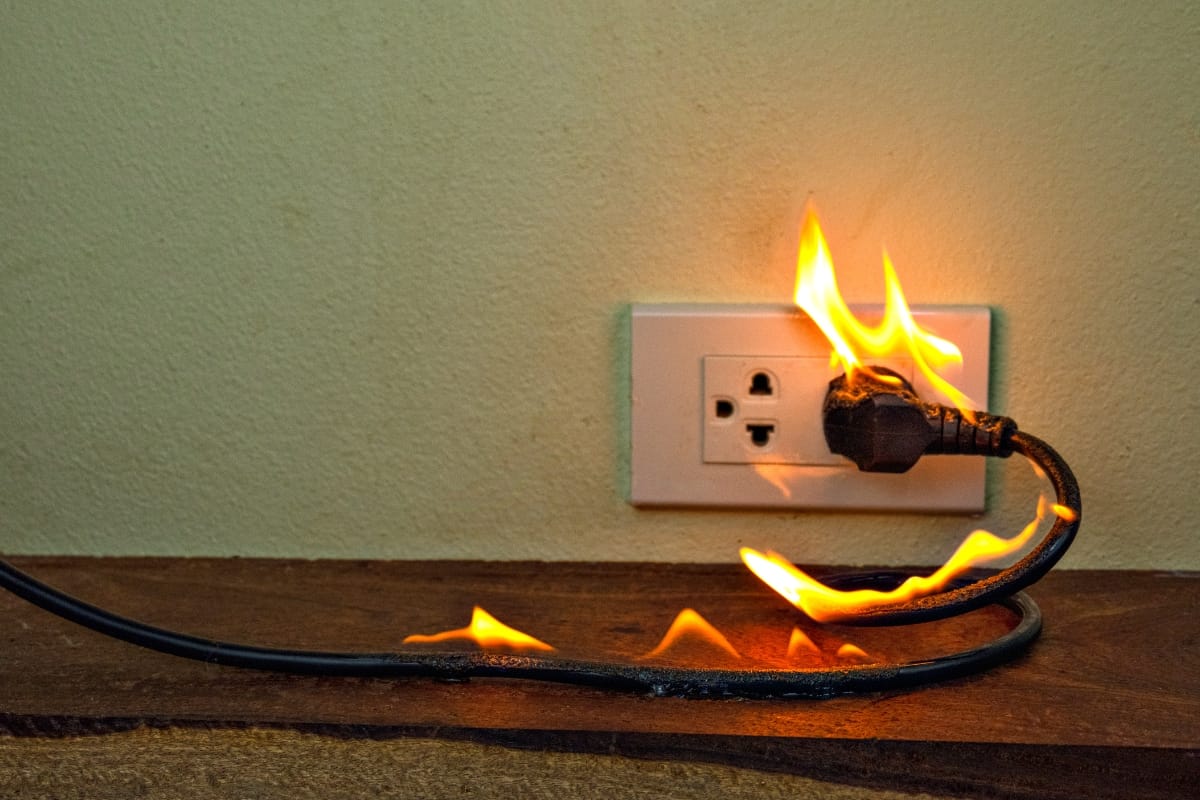
Electrical fires can be particularly dangerous because they often start in hidden areas and spread quickly before being detected. However, taking a proactive approach to electrical safety can significantly reduce the risk of these fires.
One of the most important practices is avoiding overloading electrical outlets. While power strips offer convenience, they can become dangerous if used improperly. Always use power strips that feature built-in surge protectors, which help prevent overheating and electrical surges.
Another crucial tip is to regularly inspect and replace any frayed or damaged cords. Worn-out cords can expose wiring, increasing the likelihood of sparking and igniting a fire. Additionally, avoid running cords under rugs or furniture, as these areas can cause cords to overheat or become pinched, both of which are fire hazards.
Unplugging appliances when not in use is another simple yet effective practice. Even when turned off, appliances can draw power and pose risks, especially older models.
If you notice flickering lights, a burning smell, or frequently tripped circuit breakers, this may signal an underlying electrical issue that requires attention. Instead of attempting a DIY fix, it’s best to contact a licensed electrician to inspect the wiring and address any problems. Proper maintenance and awareness are key to keeping your home safe from electrical fires.
Candle Safety: Avoiding a Common Cause of Home Fires
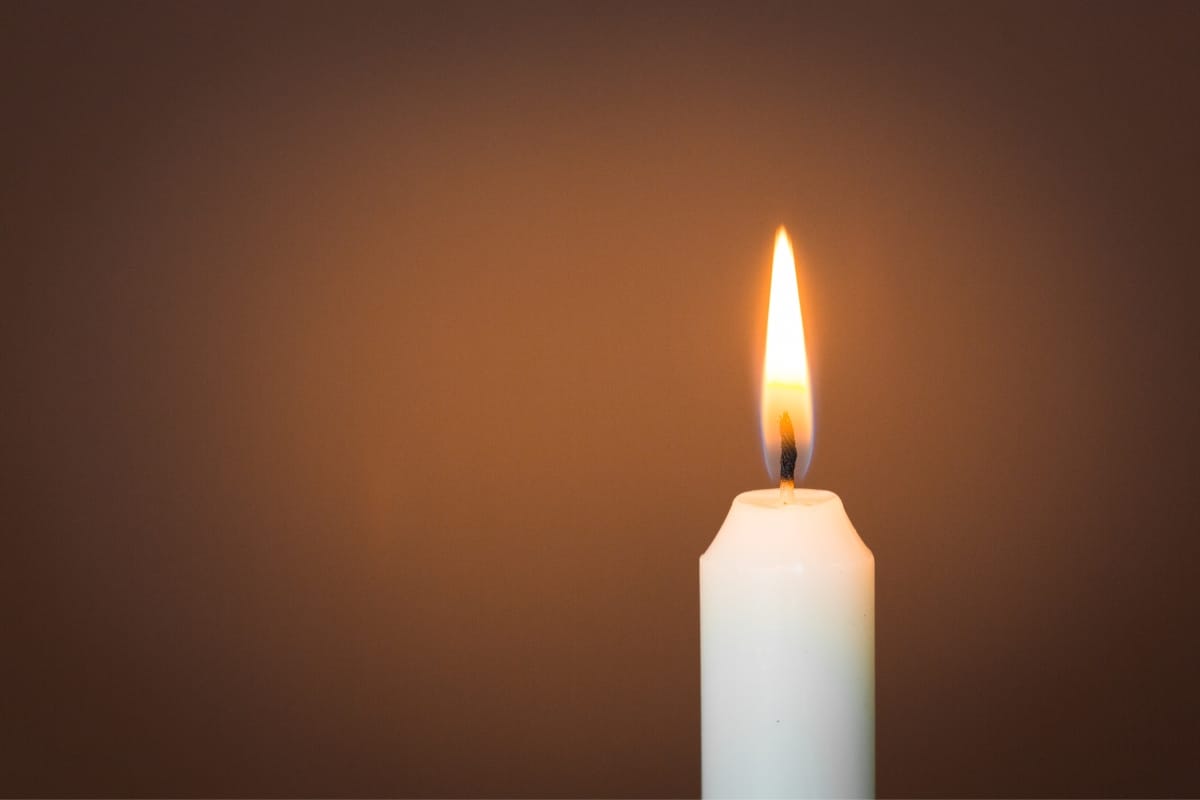
Candles add warmth and ambiance to any space, but they also come with the risk of fire if not handled responsibly. In fact, candles are one of the leading causes of home fires, making it crucial to practice proper candle safety.
To reduce the risk of a fire, never leave candles burning unattended. This is especially important in homes with children or pets who may accidentally knock them over. Always place candles in sturdy, non-flammable holders on heat-resistant surfaces, such as a ceramic plate or metal tray, and keep them away from curtains, bedding, or other flammable materials.
Another often overlooked safety tip is to trim the candle wick to about a quarter-inch before lighting it. This helps to prevent a large, flickering flame that can produce soot or ignite nearby objects. Always extinguish candles before leaving the room or going to bed, even if you think you’ll be back soon.
For households with children or pets—or simply for added peace of mind—flameless LED candles are a great alternative. These battery-operated candles mimic the glow of real flames without any of the associated risks, offering a safe and stylish option for creating a cozy environment without the worry.
Heating Equipment: Safeguarding Against Winter Fire Risks
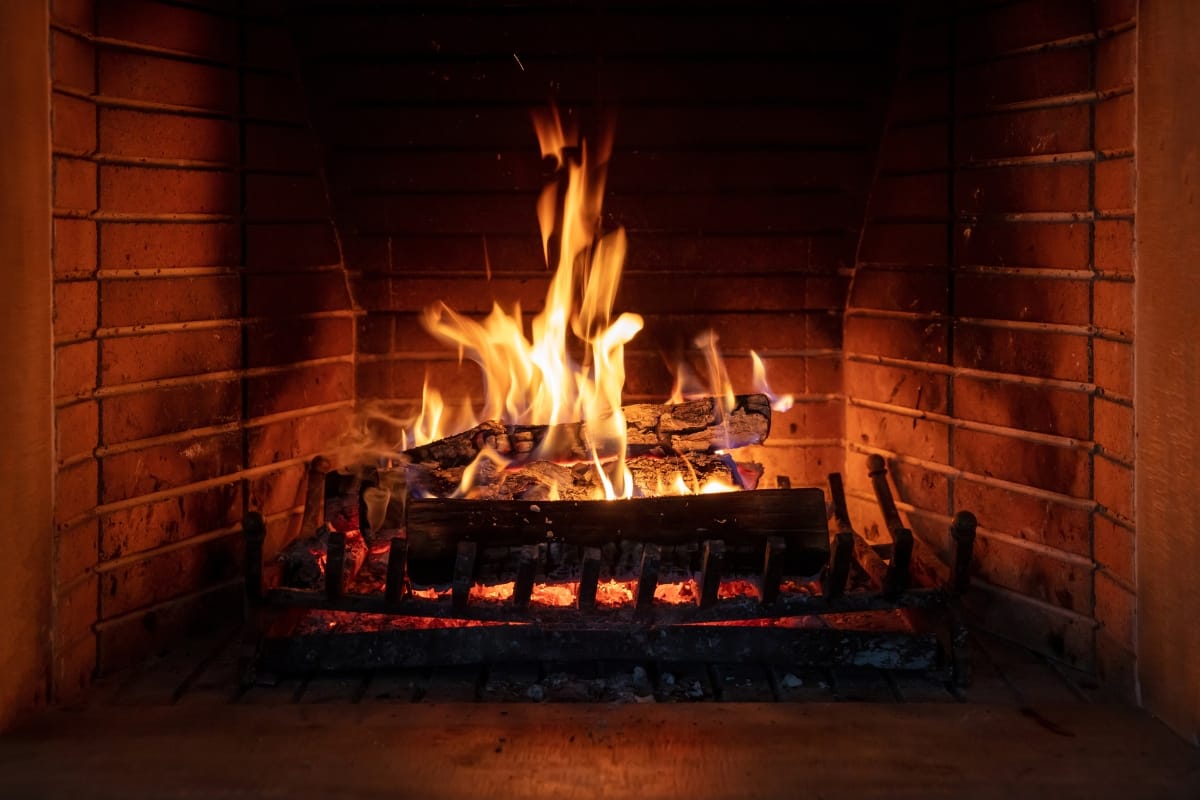
As the cold weather sets in, heating equipment like space heaters, fireplaces, and wood-burning stoves become indispensable for maintaining a warm home. However, improper use of these appliances can lead to devastating fires, making safety precautions essential during the winter months.
One of the most important safety rules is to maintain a three-foot clearance around heating devices. This includes keeping flammable materials such as furniture, bedding, curtains, and paper away from heaters and fireplaces.
When using space heaters, avoid plugging them into extension cords or power strips, as this increases the risk of overheating and electrical fires. Always plug heaters directly into a wall outlet, and ensure they have an automatic shut-off feature in case they tip over.
If you rely on a fireplace or wood-burning stove, schedule an annual fire safety assessment and cleaning of your chimney. Creosote buildup in chimneys is a common cause of house fires, and regular maintenance can prevent this risk.
In addition to traditional cleaning methods, pressure washing can be an effective way to keep your chimney clean. Pressure washing removes dirt, soot, and creosote buildup from the exterior of your chimney, preventing blockages and improving airflow. Regularly cleaning the chimney’s exterior also helps protect the structure from moisture and weather damage.
Additionally, use a fireplace screen to catch sparks and embers that may escape onto flammable surfaces, further reducing fire hazards and keeping your home safe.
It’s also critical never to leave heating equipment running unattended. Portable heaters should always be turned off when leaving the room or going to bed, and fires in the fireplace should be fully extinguished before retiring for the night. Taking these extra precautions ensures you can stay warm without compromising your home’s safety.
Family Fire Safety Plan: Creating and Practicing Emergency Procedures
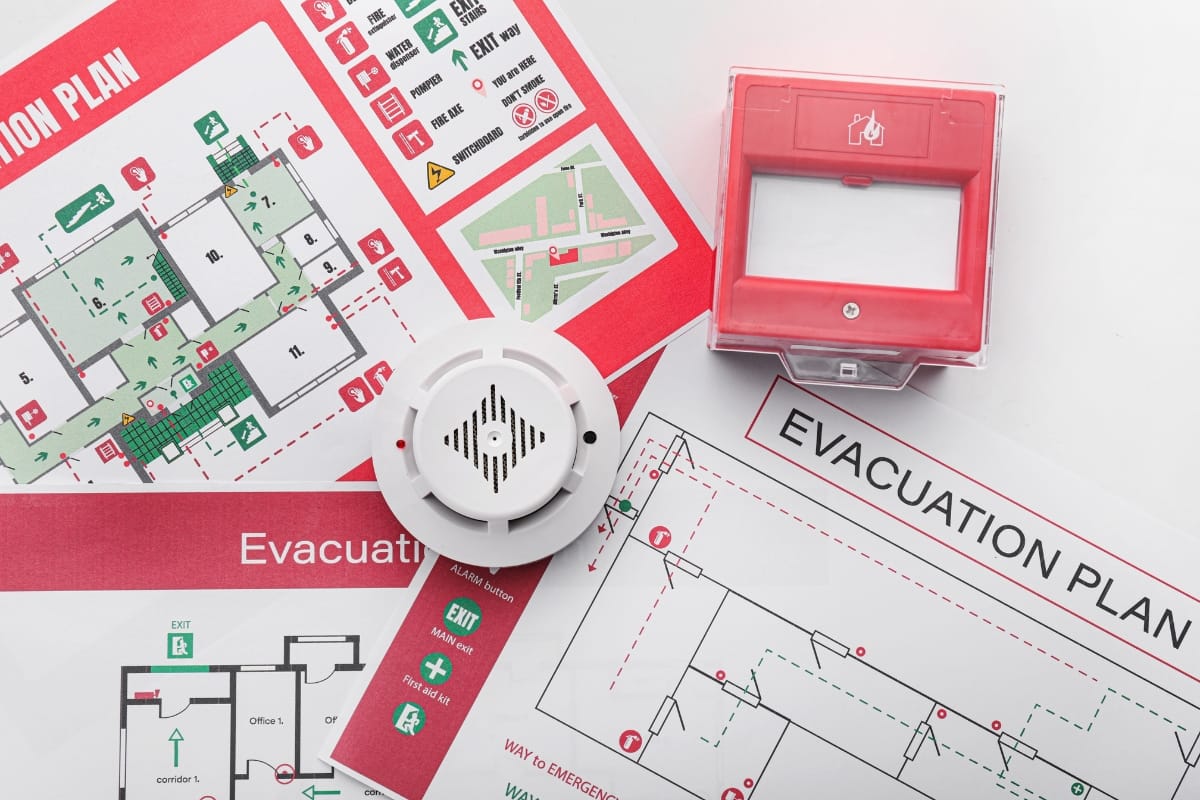
A family fire safety plan is crucial for protecting your loved ones during an emergency. Start by developing an escape plan that includes at least two exit routes from every room in your home.
This ensures that if one route is blocked by fire or smoke, there’s an alternative way out. Additionally, designate a specific outdoor meeting place where all family members can safely gather after evacuating, such as a mailbox or a neighbor’s driveway.
Once your escape routes are established, it’s essential to ensure every family member is familiar with the plan. Teach children the sound of the smoke alarm and how to react quickly without panic. Instruct everyone to stay low to avoid smoke inhalation and feel doors for heat before opening them.
Practicing your plan through regular fire drills is key to reinforcing these lessons. Hold a drill at least twice a year, including nighttime scenarios when everyone is asleep. Make sure to practice with different exit strategies to simulate a real emergency situation.
In homes with multiple stories, ensure that older children or adults know how to use fire escape ladders properly. Having these procedures in place and rehearsing them regularly can significantly improve the chances of a safe and timely evacuation during a fire emergency.
Regular Maintenance and Inspections: Key to Fire Prevention Success
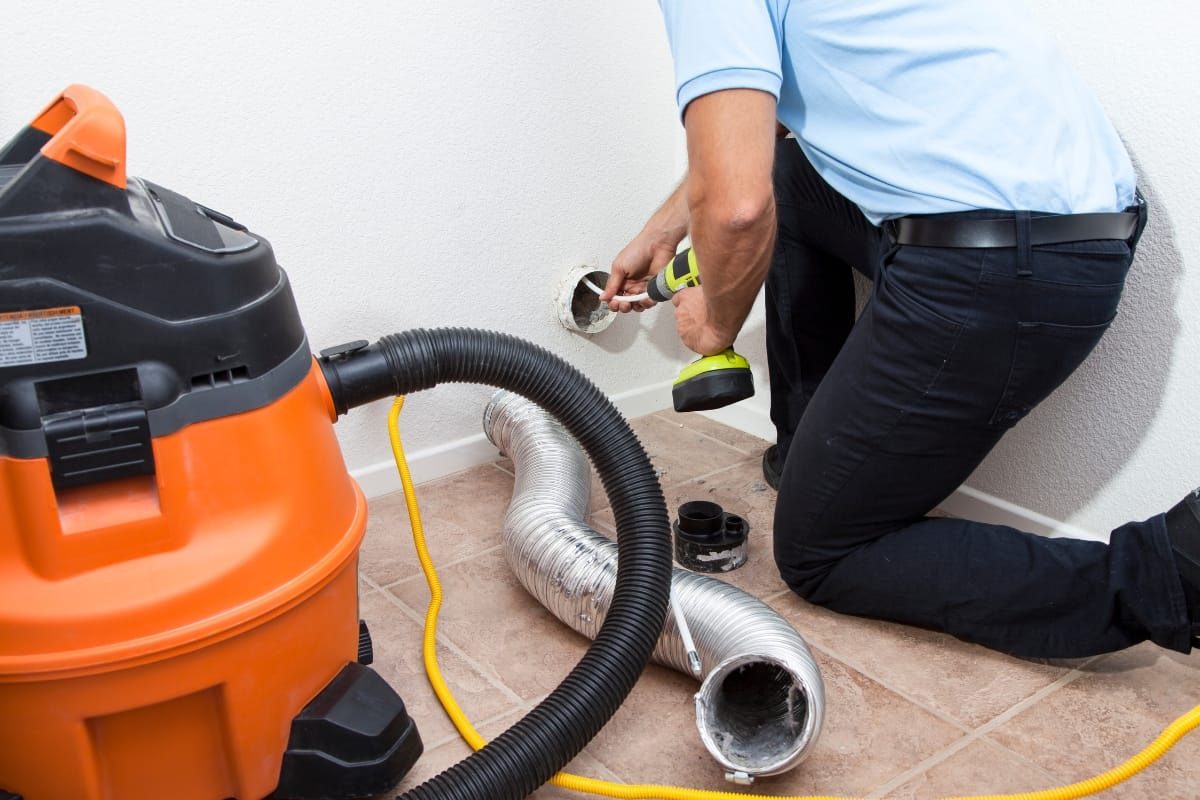
Regular maintenance and inspections are critical for keeping your home safe from potential fire hazards. Proper upkeep ensures that safety systems function correctly and that common fire risks are addressed before they become dangerous. Here is an essential fire safety checklist every homeowner should prioritize:
- Clean dryer vents: Lint buildup in dryer vents is a leading cause of home fires. Regularly clean out the lint trap after each load and schedule an annual inspection of the dryer vent system to prevent the risk of ignition from trapped debris.
- Test smoke alarms: Smoke alarms are your first defense against fire, so it’s important to test them monthly. Replace the batteries at least once a year, or whenever you hear the low battery alert. If your smoke alarm is over 10 years old, consider replacing the entire unit.
- Inspect heating systems: Heating equipment malfunctions are another major cause of house fires. Schedule a professional inspection of your furnace, chimney, or wood-burning stove every year before the colder months set in. This will ensure they are functioning safely and efficiently.
- Check electrical wiring: Over time, electrical systems may degrade, leading to potential fire hazards. Consider having a licensed electrician inspect your home’s wiring, particularly if you live in an older house.
By staying proactive with maintenance and scheduling regular inspections, you can catch potential fire hazards early and significantly reduce the risk of a fire in your home.
Conclusion: Empowering Your Home with Fire Safety Knowledge
Remember, fire safety education is an ongoing process. Stay vigilant and educate your family members about the importance of fire safety. Protecting your home from fire hazards is essential to ensuring the safety and well-being of your family. By implementing effective fire prevention strategies, you can reduce risks and safeguard your living space.
When it comes to emergency restoration for your home after fire damage, trust Restor-It, Inc. to provide expert solutions with unmatched professionalism and care. Contact us at (678) 355-6645 or get a free quote by visiting our website today. Let us help you restore peace of mind and create a safer home environment.




